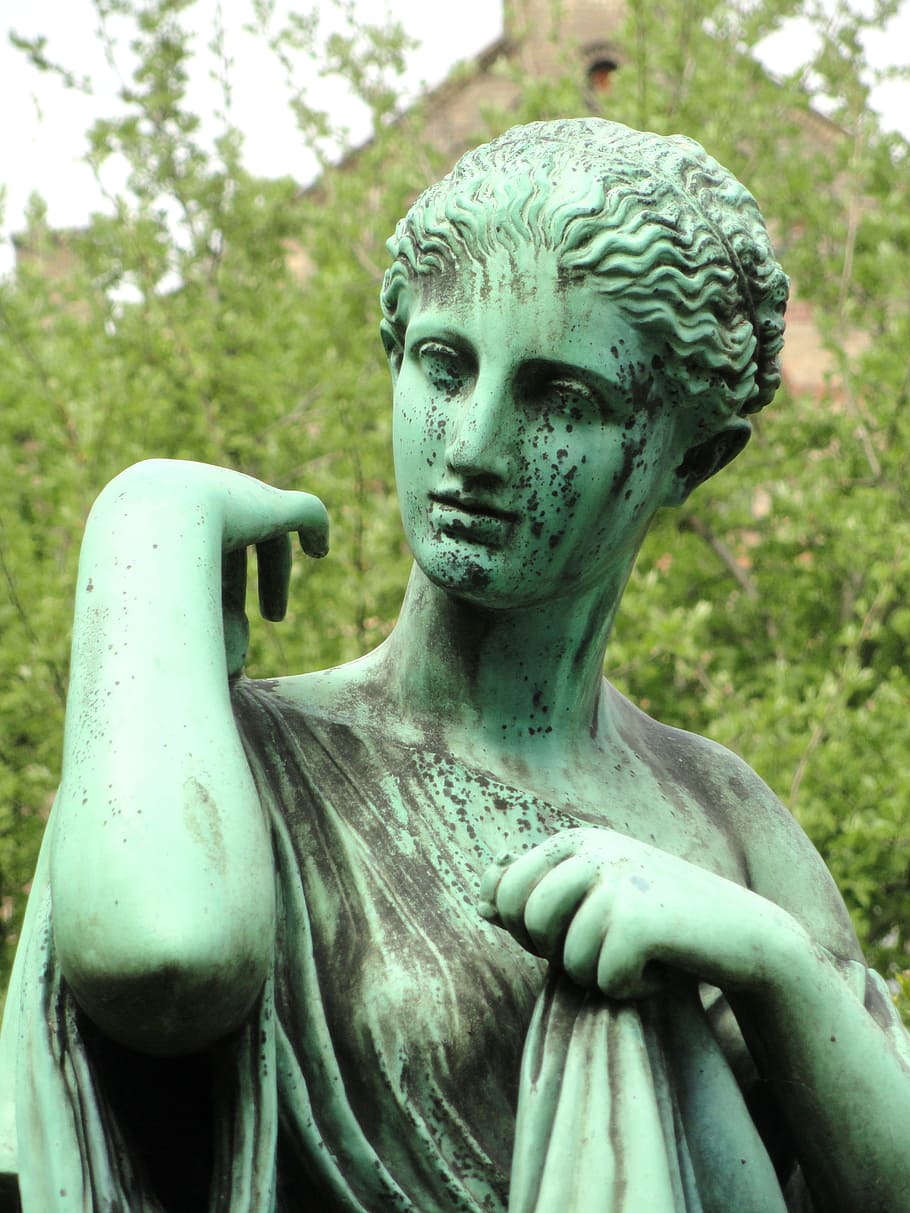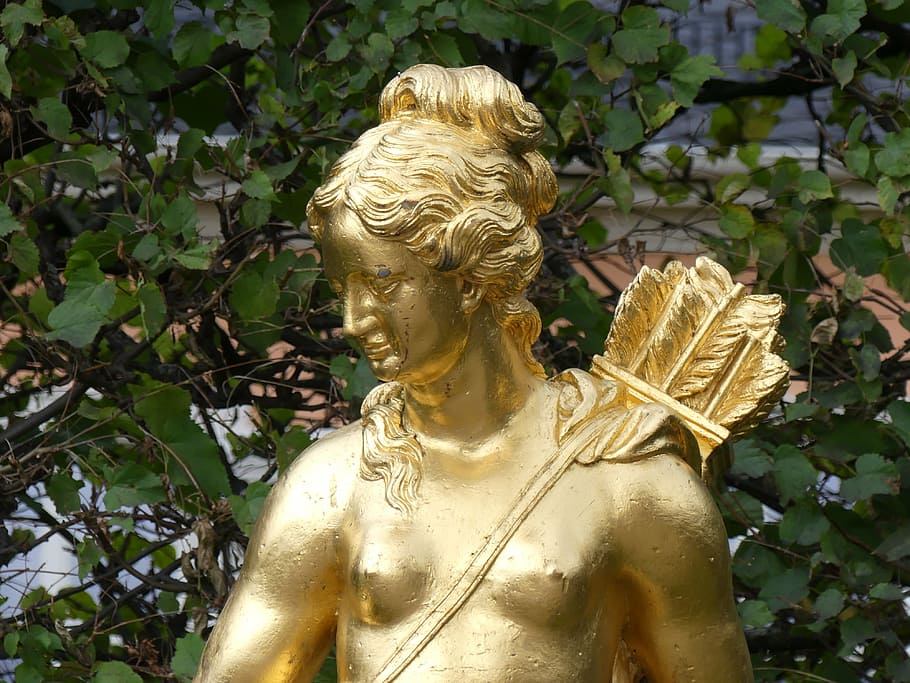Tlalteuctli: Aztec goddess of the ground.
Tlalteuctli is the earth's Dark Mother, the fertile soil that both feeds and embraces life.
After she was attacked by fellow deities, pieces of her
dismembered body were used to create the world.
To worship Tlalteuctli, the Aztecs buried human hearts in
the ground and sprinkled blood on the land.
























